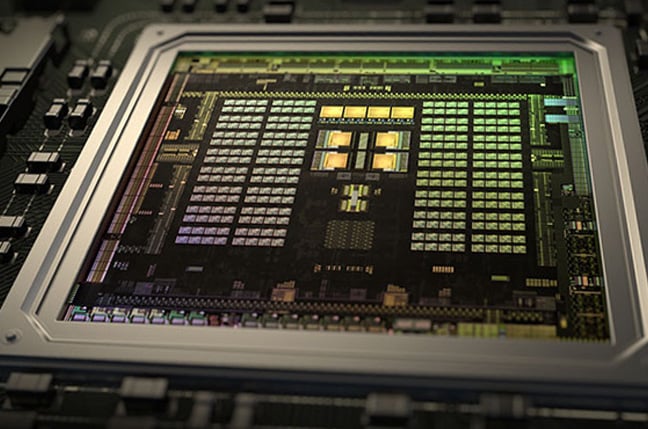
"The Doudna system, funded by the US DOE and powered by Nvidia, promises up to a 10x increase in scientific output, but its GPU architecture may affect double precision performance."
"Nvidia's next-gen Vera-Rubin accelerators deviate from historical metrics of double-precision performance, which raises questions about their effectiveness for scientific computing workloads."
The US Department of Energy is set to debut its Doudna supercomputer, constructed by Dell Technologies and powered by Nvidia's Vera-Rubin accelerators. This move represents a departure from previous collaborations with Cray and AMD. The system, which aims for a 10x increase in scientific output compared to its predecessor, Perlmutter, will consume 2-3 times the power. Despite promising power efficiency, concerns arise regarding Nvidia's Blackwell Ultra chips potentially sacrificing double-precision performance for AI workloads. Thus, while the Doudna can multitask across HPC and AI, its capacity for high-precision scientific computations remains ambiguous.
Read at Theregister
Unable to calculate read time
Collection
[
|
...
]